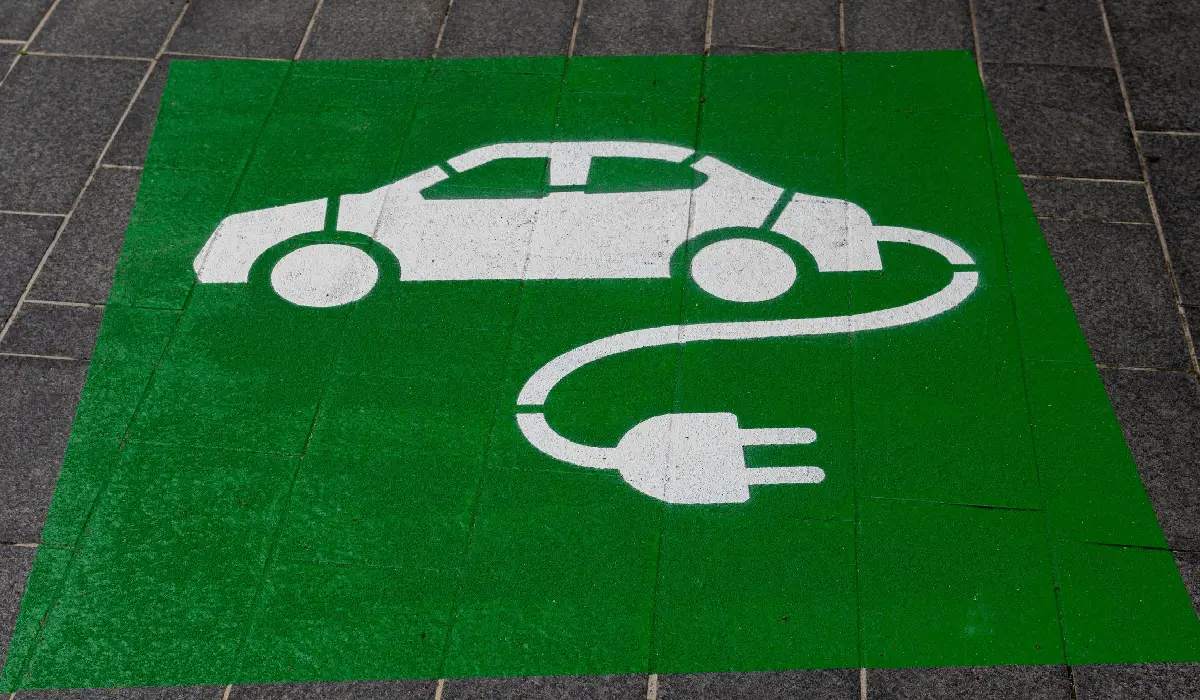India is a leading power aspiration in building peace, security, sustainability, inclusiveness. This is reflected in its robust statesmanship, Buddhist foreign policy, and its ability to address climate change in the spirit of Trusteeship. According to the Climate Transparency Report 2020, India is the only G-20 country that is on track with the UNFCC Paris Agreement. In spite of this achievement, India needs stringent steps towards fulfilling its goals, rather than just keeping them on track.
One of the ways in which India can balance development and the environment is proper utilization of e-vehicles as they produce almost zero direct emissions, which specifically improve air quality, particularly in urban areas. As India is one of the largest automobile markets and the demand is elevated, it has the potential to hamper the environment through massive air pollution or an opportunity to use e-vehicles as an alternative to shape India’s Automobile Sector.
Future of India with e-vehicles
The ‘Council on Energy Environment and Water Assert’ states that, if India can increase its e-vehicles production by 30%, there is an estimation that 1.5 lakh jobs can be generated, reduce the oil import by 1 lakh crore rupees, and reduce 16 Mn Tn of Greenhouse Emissions. As India is battling the post-pandemic governance shock, unemployment, inflation, stagflation. E-vehicles can fill the vacuum in India’s road to becoming a global leader. This has to be done in an effective way to enhance the quality production of e-vehicles which will not only grant job opportunities but will help India’s agenda meet the demands of its promises, especially in its road to peace and sustainability.
Challenges in Regulation of Electric Vehicles in India
India unlike other developed countries follows a ‘pull policy’ in attracting customers to replace an ordinary car with an e-vehicle particularly by giving tax rebates, electric bill subsidies. This is a stepping stone in addressing the importance of e-vehicles, but it is not enough as the sales percentage is only 1% or more. The ecosystem of awareness crafted by the government is not translated into action.
In comparison to other developed nations like UK, US, EU the sales are extremely low. India can follow an alternative transformational policy and learn from the advanced players. In the west, ‘push policy’ rather than India’s ‘pull policy’ is being maintained by the state in collaboration with private companies to promote a ‘mandatory sales’ of e-vehicles at around 20% of the automobile industry.
Secondly; CAFE (Corporate Average Fuel Efficiency) initiated by the EU to incentivize e-vehicles by automobile manufacturers can be effectively used in India. In fact, this has resulted in 137% sales in the EU alone. This can be a huge boost in the supply of India’s e-vehicles coupled with its incentive scheme of ‘pull policy’. China which is India’s neighbor and forever competitor is way ahead in terms of quality production of e-vehicles. New Energy Vehicle Mandate of China introduced a graded push, that is first in the production of the two-wheelers e-vehicles followed by a push in public mobility granting incentives using the OLA, UBER cabs.
India lacks collective collaboration and cooperation among its stakeholders, in the manufacturing of e-vehicles. As India is aspiring to become a global power, e-vehicles can be one of the strategic ways in enhancing its market, economy, employment, and other related issues. It can learn from its neighbor China and the light-minded countries of the west.



